The term “authentic” has just about lost all meaning in the world of photography lately. It’s turned into a marketing buzzword, which makes it really hard to pin down what it really means and why you should be striving to use “authentic” photos in your designs.
You know that brands want to seem more “authentic”; you know that they’re searching for “authentic” photography and “authentic” design; you know that traditional stock photography is anything but “authentic” and you should stay away from it; but do you as a creative really know what an “authentic” photograph looks like?
We spoke to Nuno Silva, our Director of Content and a successful stock photographer himself, about this conundrum to see if we could zero in on what makes a photo “authentic,” and get his advice for designers looking to use more authentic photography in their work.
Okay, first of all, tell us a little bit about yourself and your experience in this crazy industry.
Truthfully, it’s not that crazy. But it’s big and it’s old and it’s changing really fast which makes it really exciting for creators and anyone else playing in the space. The demands and expectations from the buyers are what seem to be driving the most change lately.
I’ve been involved in “stock photography” for over twelve years now. I started as a freelance designer, picked up a camera and started shooting for money to buy more stock photos for my clients. Eventually I dropped the clients and made a full time job out of shooting and trying to find my niche.
I’ve worked for some of the biggest names in the licensing industry as well as startups. I’ve also been very fortunate to call a lot of very talented creative people around the world my friends thanks to the great global community that photography has become. In this business, learning from other creative people has to be one of the greatest rewards of getting involved in the community.
The word “authentic” is being tossed around a lot in the photo licensing industry these days…
For the past few years, the word “stock” has become a dirty word. No one wants to admit they use it or shoot it. People say they want “real” photography that their audiences doesn’t feel is gentrified or mass produced in a studio – so the term “authentic” started getting a lot of play lately.
What are the most common misunderstandings you’ve run into in regards to “authentic” photography?
I think the biggest one is actually using the word as a specific category of photography. Authentic photos can mean a lot of things to a lot of people which is why it’s such a confusing and almost too general term nowadays. I think we can all agree what “authentic” is not, but understanding what someone means when they say authentic is still really challenging.
What does the word mean to you? What makes a photo “authentic”?
For me, personally, the term refers to capturing a genuine moment and not altering the moment too much after the fact. Still photography, especially, is all about a split second. A moment in time that becomes documented forever.
Creating an authentic image should be (or at least appear to be) the documentation of something real and actual—not a posed model and not post-processed into a hyper-stylistic interpretation of reality. What doesn’t matter is the medium (film, digital, mobile) or the subject (people, nature, places, etc.), as long as it’s real, genuine, and has truthful/believable context.
Is it possible to set up a planned photo shoot, with the intent of selling those photos, and still capture “authentic” shots by this definition?
It sounds wrong, but yes. I’ve watched really talented photographers capture some amazing moments with real people doing real things and it was planned ahead of time.
The key, as a photographer, is to not over-direct the models and just place them in the right circumstances where their actions or their surroundings are interacting in a genuine manner. Also make sure your subjects are being true to themselves and fit the environment. Avoid excessive make-up, styling, and too-perfect wardrobe.
An example of a very stocky concept would be shooting a business. Find someone who actually works there to be your model. Have them do the things they normally do in the place that they’re familiar and comfortable in. When you’re shooting, consider yourself almost like a photojournalist documenting reality. Use natural light (or if using strobes, mimic natural light) and stay true to the content and context of your subject.
I’ll be honest and say that this is so much more difficult to how we were shooting stock 10 years ago but the creative industry has raised a bar and has publicly rejected the methods of the past.
What are a few things creatives should be looking for, specifically, when they’re searching for authentic photography? What keywords should they use? What tropes should they avoid?
To start, it’s not all about mobile photography, although that has been one of the driving forces and indicators of the “authentic” movement. What mobile photography has revealed though is a desire to use photos that look like anyone could have captured (but nice enough you want to use in your campaign).
So start by looking for naturally lit environments. Avoid over-processed and discolored photos. The film look can definitely suggest something authentic, but some of these film filters (and processing techniques) we’re seeing are definitely not. Especially when skin tones become unnatural and alien.
Candid moments, actions, and interactions are also great subjects for expressing “authenticity”. As for keywords, that’s pretty tricky. My recommendation would be to start by searching for your subject then filter the result using keywords such as “candid” “real” “-model” (using a – on 500px searches removes all photos containing those keywords) “natural light” and even “casual” returns some interesting results.
For the photographers reading this, what advice do you have for capturing the kind of authentic photography buyers are clamoring for?
As I mentioned earlier, change the way you think about shooting a subject. Instead of posing or scripting a scene or shoot, try to just let things evolve. Place (or find) your subjects in their natural environments with a loose concept and see where it goes.
If you’re shooting for stock, some early prep work such as making sure models are wearing logo-free clothing is very helpful as well as scouting the location ahead of time to figure out optimal lighting conditions and vantage points.
Then when you’re post-processing, pay particular attention to skin tones. This may not be specifically about “authentic” and more of a pet peeve, but processing your photos too heavily sometimes not only makes them seem less “real” but also hurts their chances of being sold. Designers can easily add filters to images too but reverting a filter is sometimes almost impossible without killing quality.
Can you share a few examples of your favorite authentic photography on the 500px Marketplace? Maybe 5 photos that have sold well specifically because they embody that spirit of authenticity?
1. Totally biased because this is my own, but it has sold quite often and was a real moment I captured of my son playing in the snow:
The moment captured here is really easy to define. It’s the joyful innocence of a child and it’s a relatable and aspirational sentiment—with some nice copy space on the left side.
2. Sarawut continues to blow my mind with these vivid snapshots of life in South East Asia:
Again a bit of an aspirational context here. It’s been purchased by travel publications looking to emphasize exotic locations with fun and authentic locals. The composition is also very designer friendly with nice bright colors.
3. Evgeny actually walked around our office one day playing with his latest camera and captured some great photos of life in our office. They turned out to be some of his best sellers on 500px:
Pretty sure the main reason why this has sold is because it features our most handsome employee. But seriously, it’s a very real moment with fantastic classical composition techniques and very relevant to tech companies especially start-ups and other creative businesses that need photos that reflect their businesses (not suits in boardrooms).
4. Can’t get more authentic or relevant than this capture of Cecil. We’re very fortunate to have Brent as part of our community sharing these last moments with such a majestic creature:
It’s a case of just capturing something that meant so much to the world. Even though the news of Cecil no longer fills our 24hr news cycles, this truthful portrait of a beautiful animal at his most majestic (with dirt and all) continues to resonate with conservationists and news outlets.
5. Possibly staged, but the people and love is real. Marko captures a very sweet moment in a perfect composition:
It’s modern, it’s relevant, it’s a moment. The composition and subject is also very adaptable to a wide variety of creative projects about fatherhood, mentorship, skateboarding.. heck even health insurance (“Broke your arm? Don’t let the medical bills stop you from skateboarding with your kid!”)
Alright, any final words of wisdom for the creatives out there?
As Ali G once said. “Keep it real.”
I would like to end this by saying that although “authentic” is the really hip term right now, there is still a lot of amazing aspirational, artistic and creative work out there that’s very commercially viable.
Photography, thankfully, is a very diverse and interesting medium and we have some amazing portraitists, digital artists and surrealists that definitely deserve some attention and love even though you may not consider their work “authentic” as it’s currently been defined.
A big thank you to Nuno for taking the time to answer my prying questions while at the same time… you know… doing his actual job here at 500px. If you have more questions for him, don’t hesitate to drop a comment down below. I’ll be sure to browbeat him until he answers.
And if you’re a designer looking for authentic imagery for YOUR next campaign, follow Nuno’s tips above the next time you go digging around the 500px Marketplace.


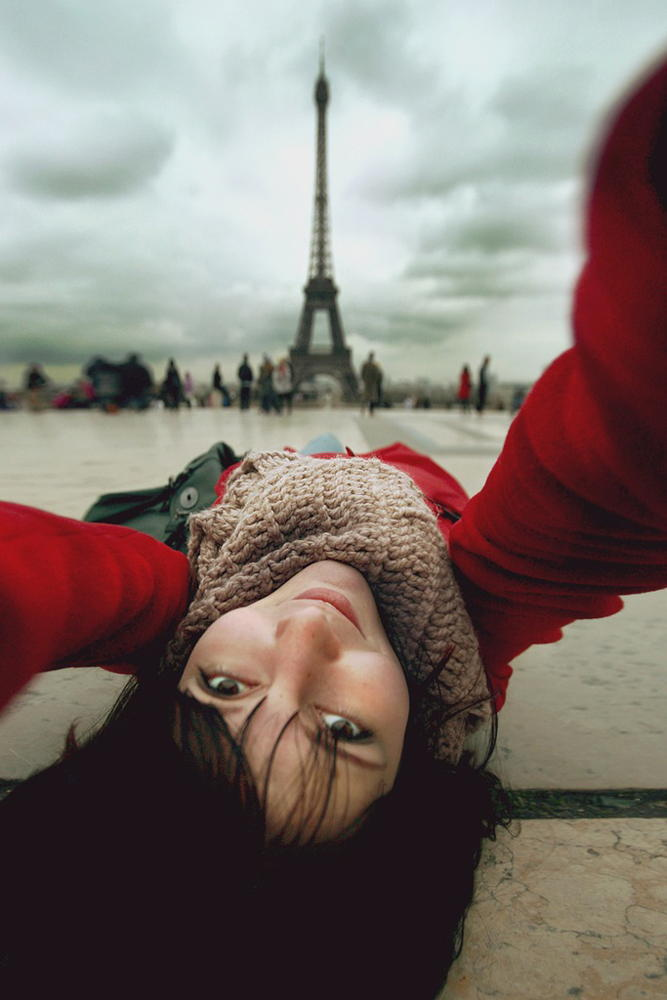
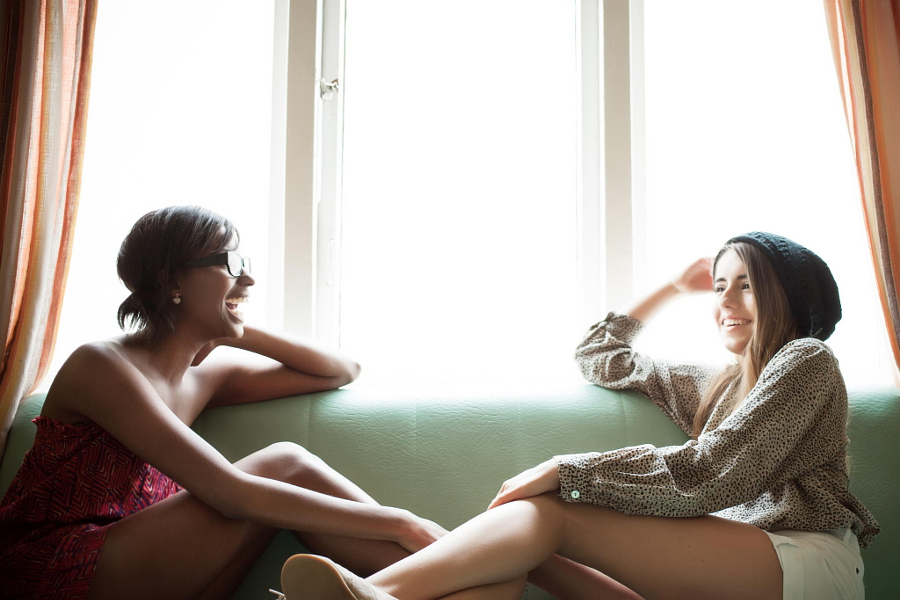
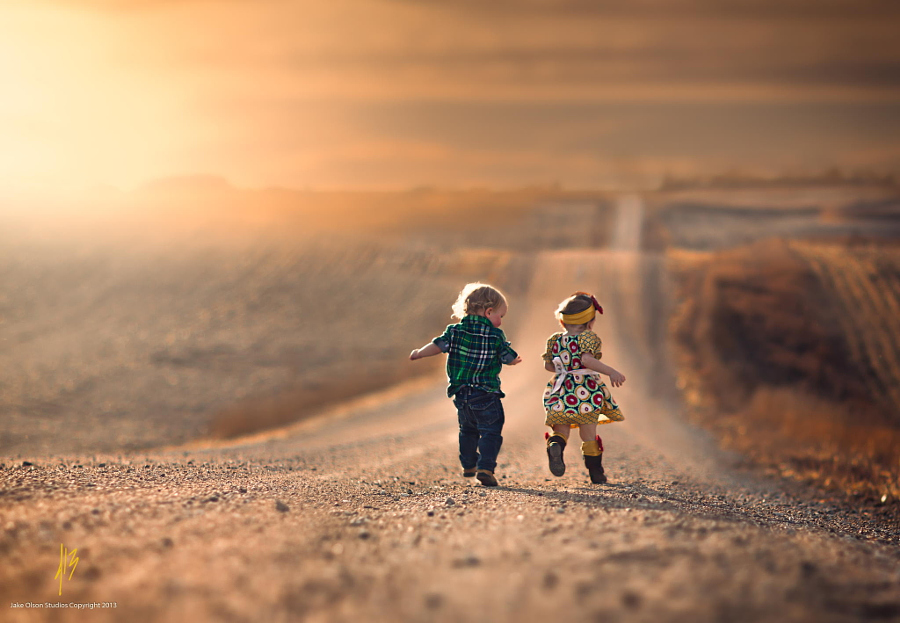

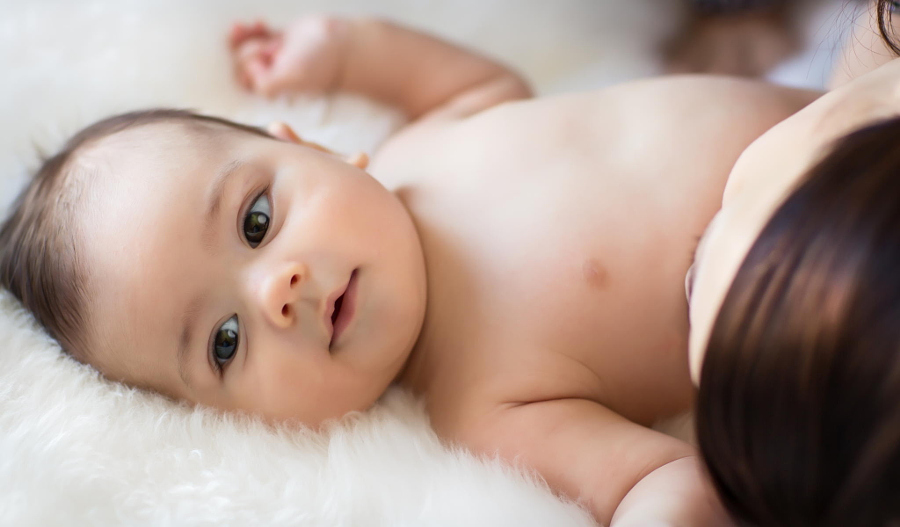





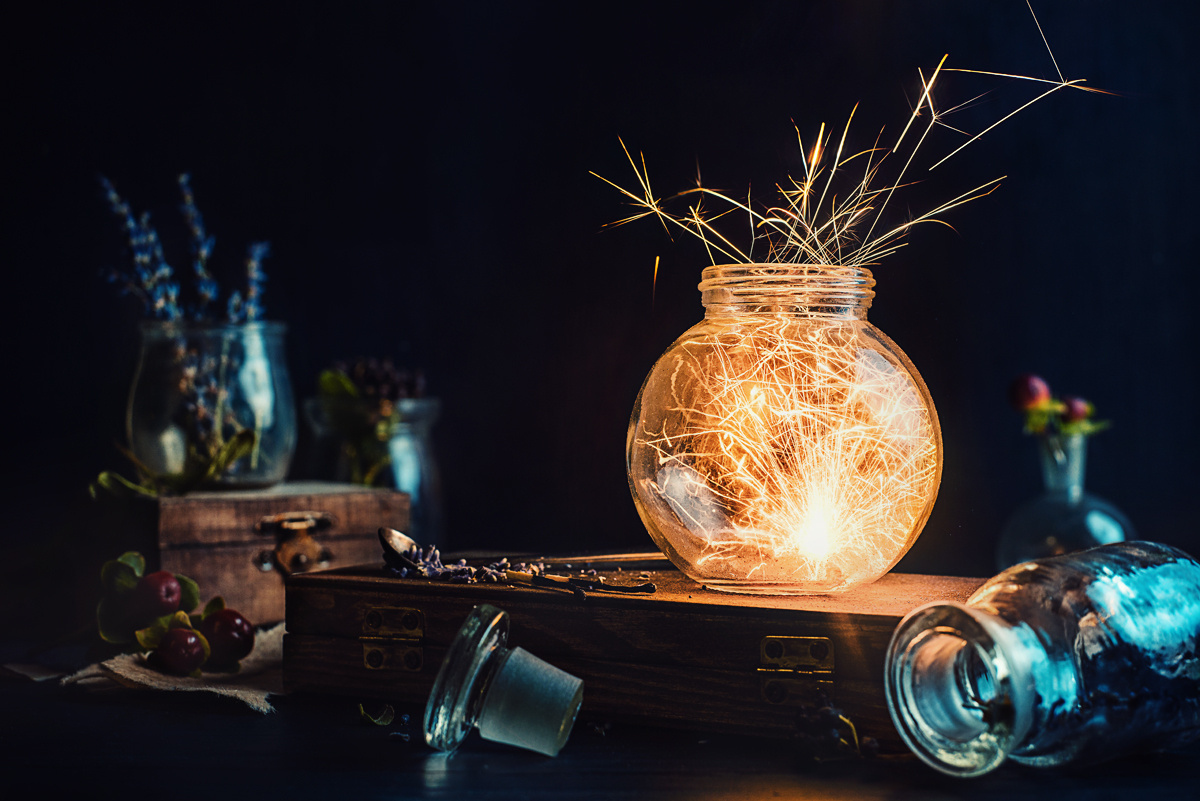
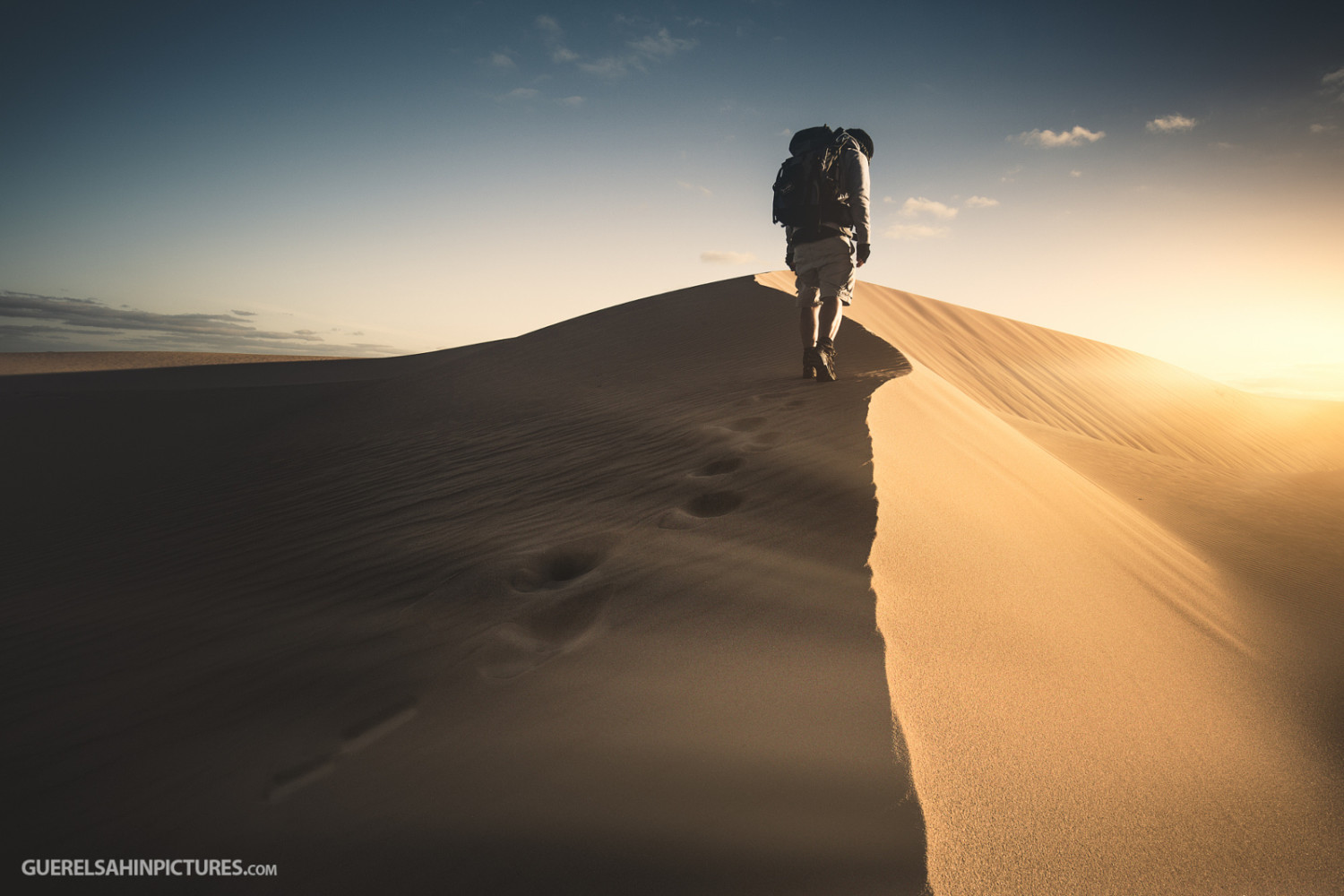
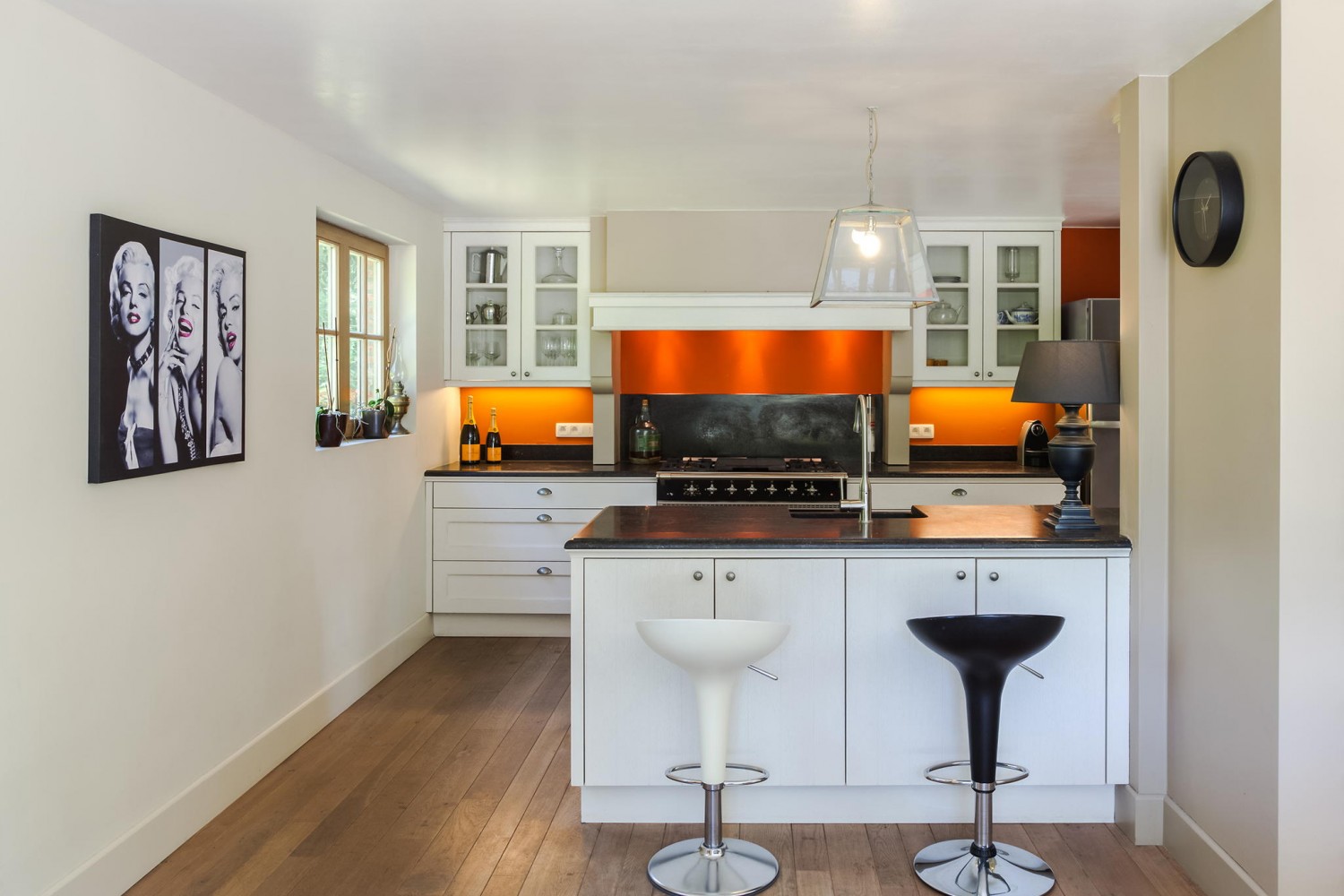

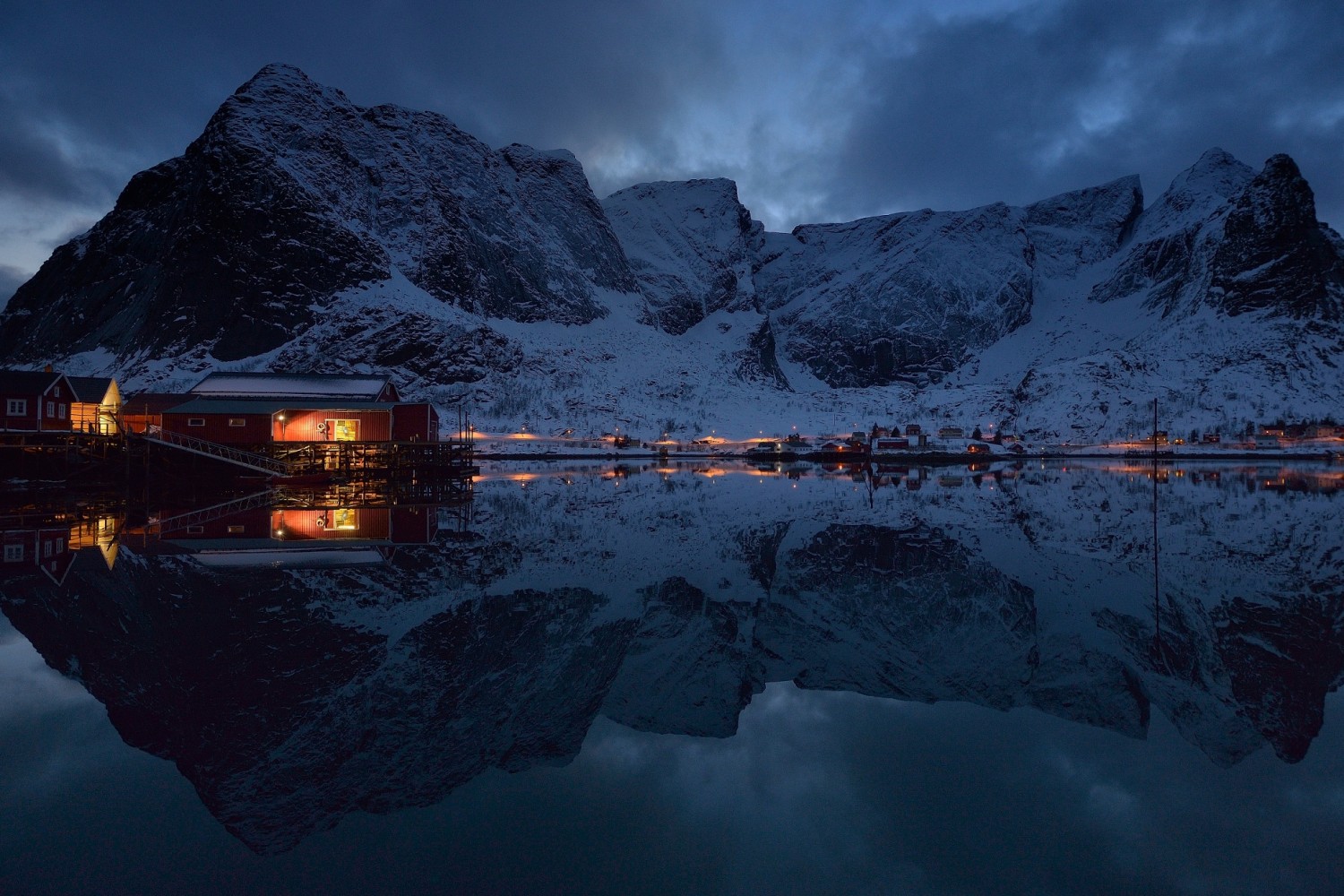
Leave a reply